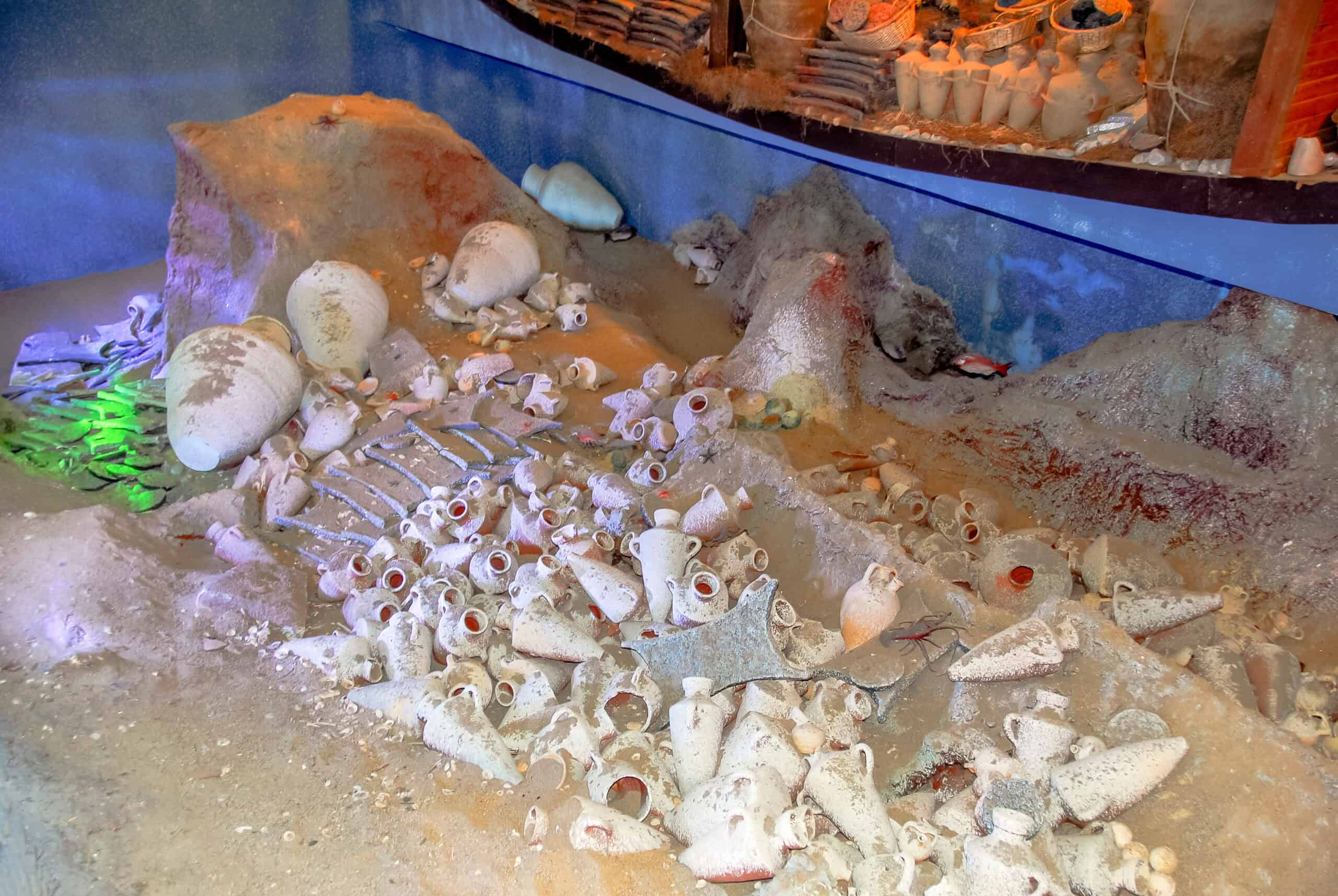Discovering species that were once thought to be extinct is a rare and exciting event in the world of conservation. These rediscoveries offer hope and remind us of the resilience of nature, even in the face of seemingly insurmountable challenges. Each species on this list has been brought back from the brink, found in remote or overlooked areas where they managed to survive against the odds. Their stories highlight the importance of protecting and preserving our planet’s biodiversity. Here are 17 rare species that have been rediscovered after being believed extinct, showing us that there’s always more to learn about the natural world.
Coelacanth
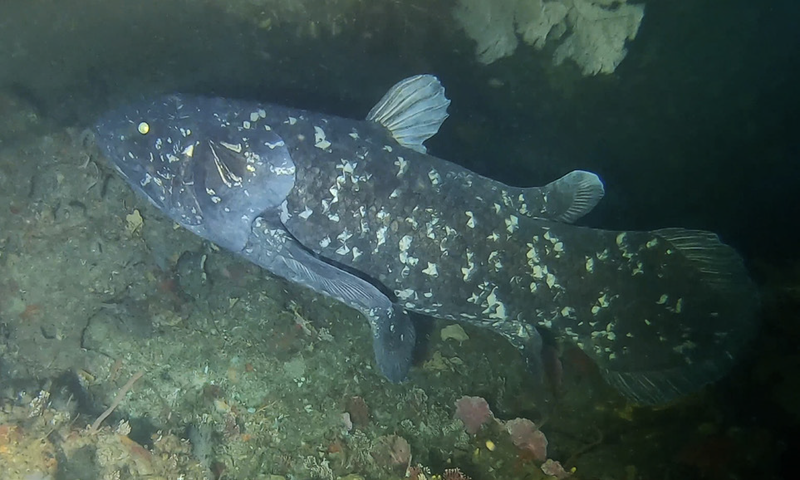
Believed to have been extinct for 66 million years, the Coelacanth was rediscovered off the coast of South Africa in 1938. This prehistoric fish, with its lobed fins, is a living fossil, offering scientists a glimpse into evolutionary history. Weighing up to 200 pounds and reaching lengths of up to 6.5 feet, it is a deep-sea dweller. Its rediscovery was a significant event, challenging assumptions about marine life extinction. The Coelacanth continues to intrigue scientists as they study its ancient lineage.
Woolly Flying Squirrel
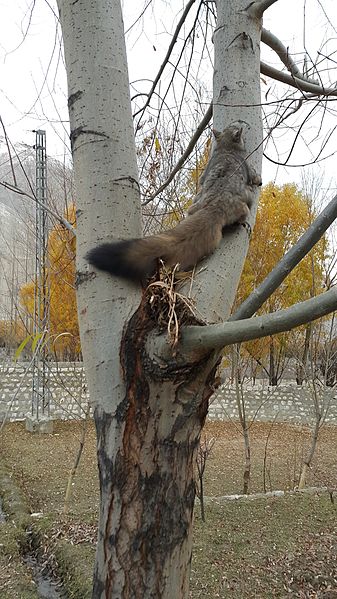
Once presumed extinct, the Woolly Flying Squirrel was rediscovered in the remote mountains of northern Pakistan in 1994. This elusive rodent, with its thick fur and broad gliding membrane, was last seen in the early 20th century. It inhabits high-altitude forests, where it faces threats from habitat loss and hunting. The rediscovery has prompted further research into its ecology and conservation needs. Efforts are now underway to protect its fragile habitat and ensure its continued existence.
Terror Skink

The Terror Skink, a fearsome-looking lizard native to New Caledonia, was believed extinct until it was rediscovered in 2003. Characterized by its sharp teeth and aggressive behavior, it was last documented in the 19th century. The skink’s rediscovery in a remote area has reignited interest in the unique biodiversity of New Caledonia. Despite its name, little is known about its behavior and ecology, making it a subject of ongoing study. Conservationists are now focused on protecting its limited habitat from further degradation.
Javan Elephant
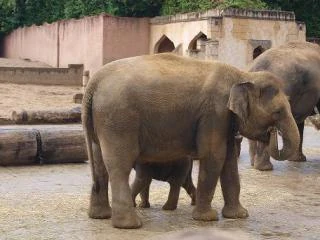
The Javan Elephant, once considered extinct, was rediscovered in the wilds of Borneo in the 21st century. Previously believed to have disappeared in the 19th century, it was later found that a small population had survived. These elephants are smaller than their mainland relatives and are characterized by their relatively gentle nature. The rediscovery of the Javan Elephant has underscored the importance of conservation in the region. Protecting these elephants from poaching and habitat loss remains a priority for conservationists.
Cuban Solenodon
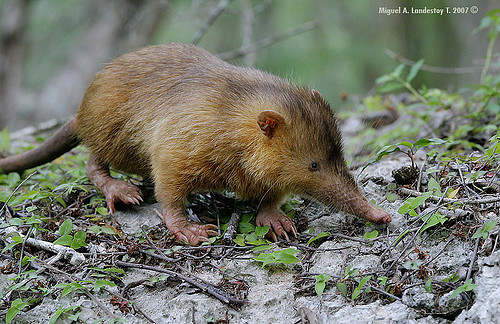
Thought extinct since the late 19th century, the Cuban Solenodon was rediscovered in 2003. This small, nocturnal mammal, which resembles a large shrew, is one of the few venomous mammals in the world. Its rediscovery in the forests of Cuba was a remarkable event, sparking interest in the conservation of this unique species. The Solenodon’s population remains critically low, making it a priority for protection efforts. Researchers continue to study its habits and habitat requirements to ensure its survival.
Lord Howe Island Stick Insect
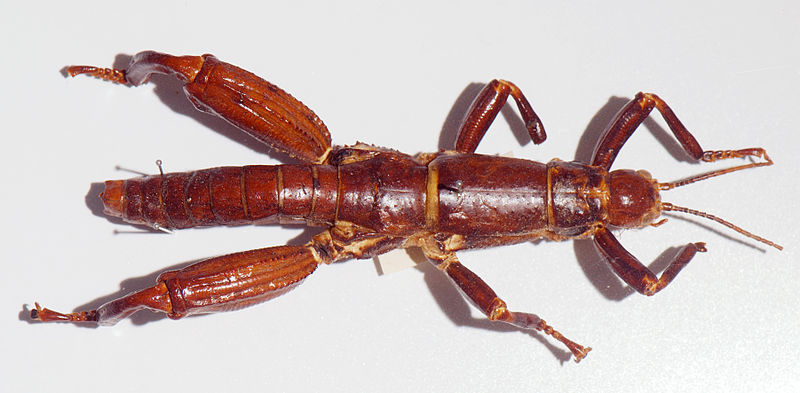
The Lord Howe Island Stick Insect, known as the “tree lobster,” was rediscovered in 2001 after being declared extinct in the 1920s. This large, flightless insect was thought to have been wiped out by invasive rats on Lord Howe Island. Surprisingly, a small population was found clinging to life on Ball’s Pyramid, a nearby rocky outcrop. The rediscovery of this insect has led to successful breeding programs aimed at reintroducing it to its native habitat. Conservationists hope to reestablish a sustainable population on Lord Howe Island.
Omura’s Whale
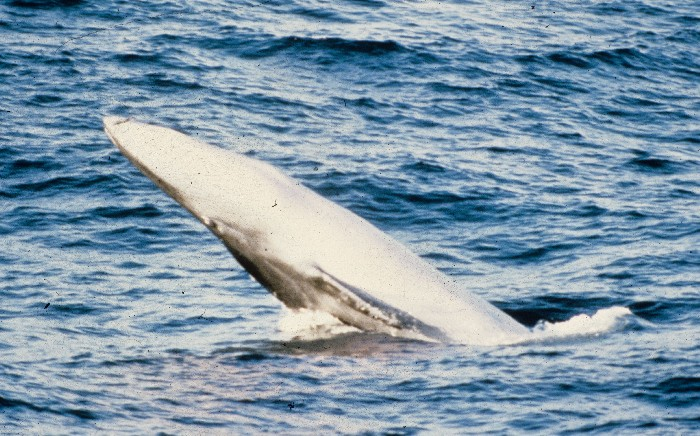
Omura’s Whale, a rare and elusive species, was thought to be extinct until it was positively identified in 2003. This small baleen whale, named after Japanese cetologist Hideo Omura, had been confused with other species due to its elusive nature. The rediscovery of Omura’s Whale off the coast of Madagascar provided new insights into its behavior and distribution. Despite being rediscovered, much about this whale remains a mystery. Conservation efforts are now focused on protecting its marine habitat from human disturbances.
New Guinea Singing Dog

The New Guinea Singing Dog, known for its unique vocalizations, was believed to be extinct in the wild until a population was found in 2016. These dogs, which are closely related to the Australian dingo, were last seen in the wild over 50 years ago. Their rediscovery in the remote highlands of New Guinea has sparked renewed interest in their conservation. The singing dogs are known for their distinctive howls, which resemble a form of singing. Efforts are now underway to protect their natural habitat and prevent further decline.
Fernandina Giant Tortoise

Long considered extinct, the Fernandina Giant Tortoise was rediscovered in the Galápagos Islands in 2019. This species, native to Fernandina Island, had not been seen for over a century. The tortoise was found during a conservation expedition, reigniting hope for the survival of this ancient species. Efforts are now focused on finding more individuals and establishing a breeding program. Conservationists aim to protect the fragile ecosystem of Fernandina Island to ensure the tortoise’s future.
Mount Diablo Buckwheat
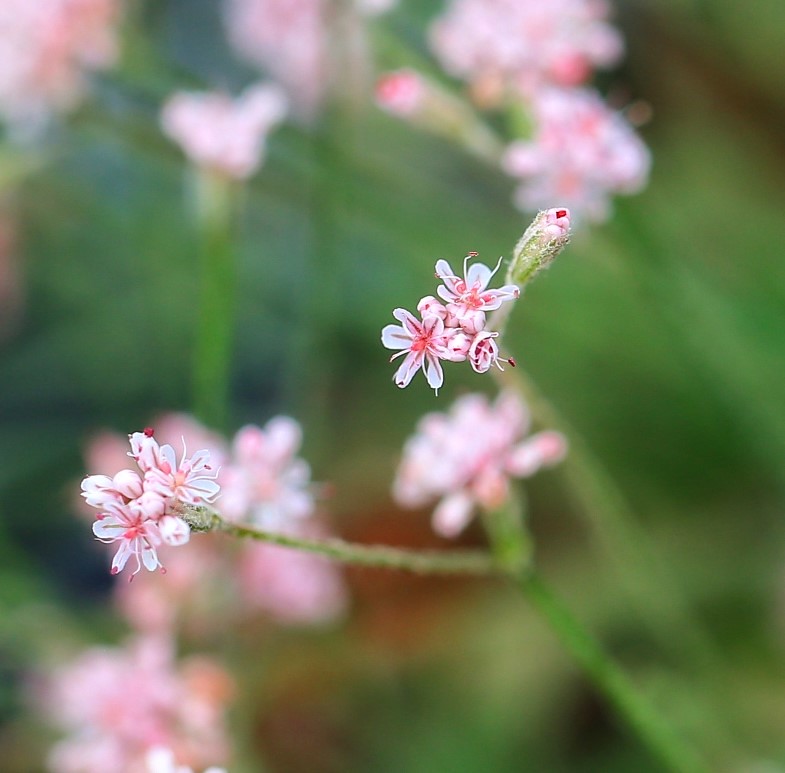
The Mount Diablo Buckwheat, a plant species thought to be extinct for over 70 years, was rediscovered in California in 2005. This small flowering plant, native to Mount Diablo, was last seen in the 1930s. Its rediscovery by a graduate student was a significant botanical event, leading to efforts to protect its fragile habitat. The buckwheat is now a symbol of the importance of preserving biodiversity. Conservation programs have been established to ensure its survival in the wild.
Pygmy Tarsier
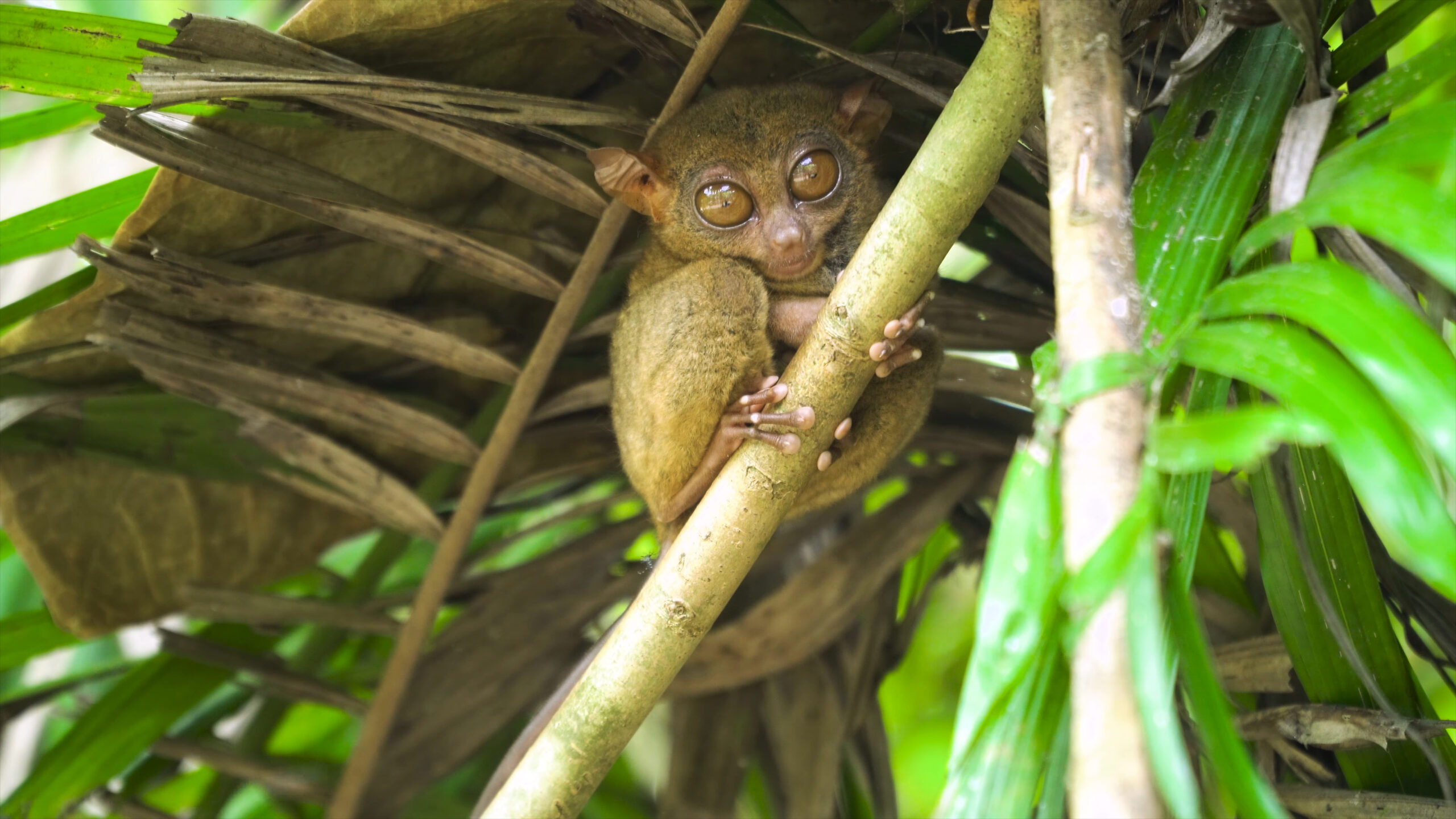
Believed to be extinct since the early 20th century, the Pygmy Tarsier was rediscovered in Indonesia in 2008. This tiny primate, known for its large eyes and nocturnal habits, was found in the mountains of Sulawesi. The rediscovery was significant, as it provided new opportunities to study this rare species. Pygmy Tarsiers are known for their ability to leap great distances between trees. Conservation efforts are now focused on protecting their forest habitat from deforestation.
Cuban Ivory-Billed Woodpecker
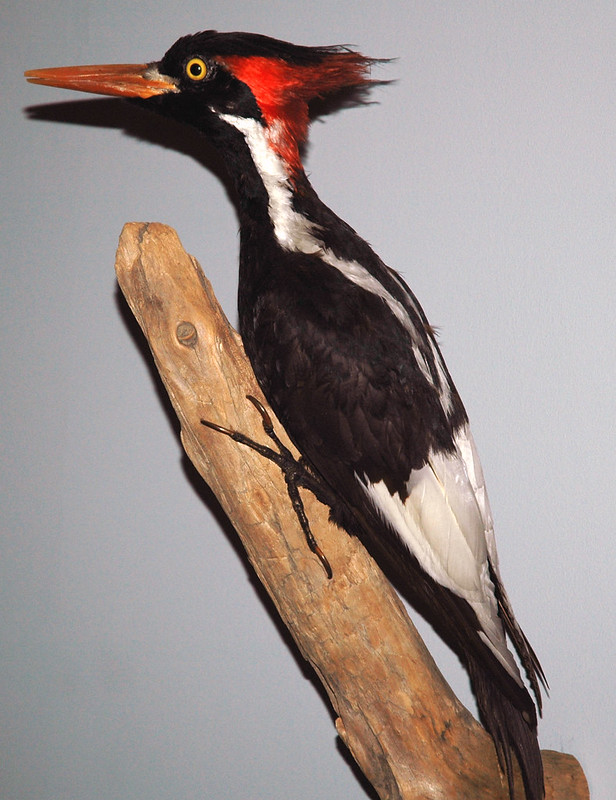
Thought to be extinct for decades, the Cuban Ivory-Billed Woodpecker was reportedly sighted in the eastern mountains of Cuba in the late 1990s. This large, striking bird, known for its distinctive white bill and powerful pecking, had been declared extinct in the 1980s. Despite the sighting, the species remains elusive, and its existence is still under debate. Conservationists are hopeful that undiscovered populations may still exist in remote regions. Efforts continue to locate and protect any remaining individuals.
Bermuda Petrel (Cahow)
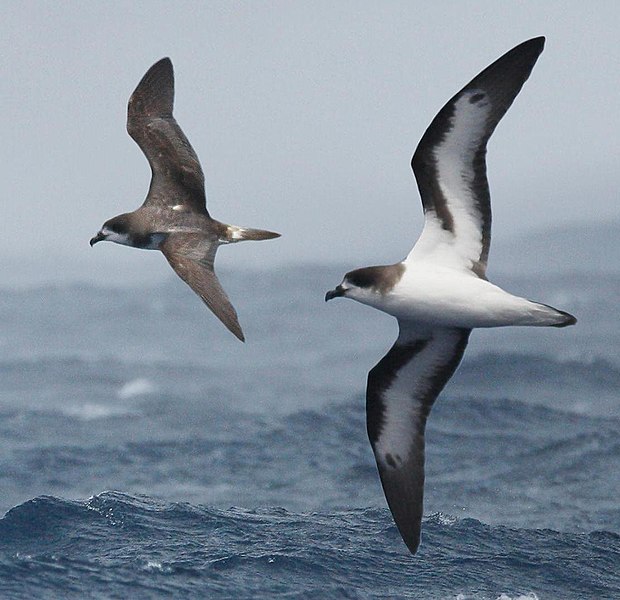
The Bermuda Petrel, locally known as the Cahow, was believed extinct for over 300 years before being rediscovered in 1951. This seabird, which nests in burrows, was decimated by introduced predators in the 1600s. The rediscovery of a small surviving population on a remote islet off Bermuda led to an intensive conservation program. The Cahow has since become a symbol of successful species recovery, with ongoing efforts to increase its population. Protected nesting sites and habitat restoration have been crucial in ensuring its survival.
Black Kokanee
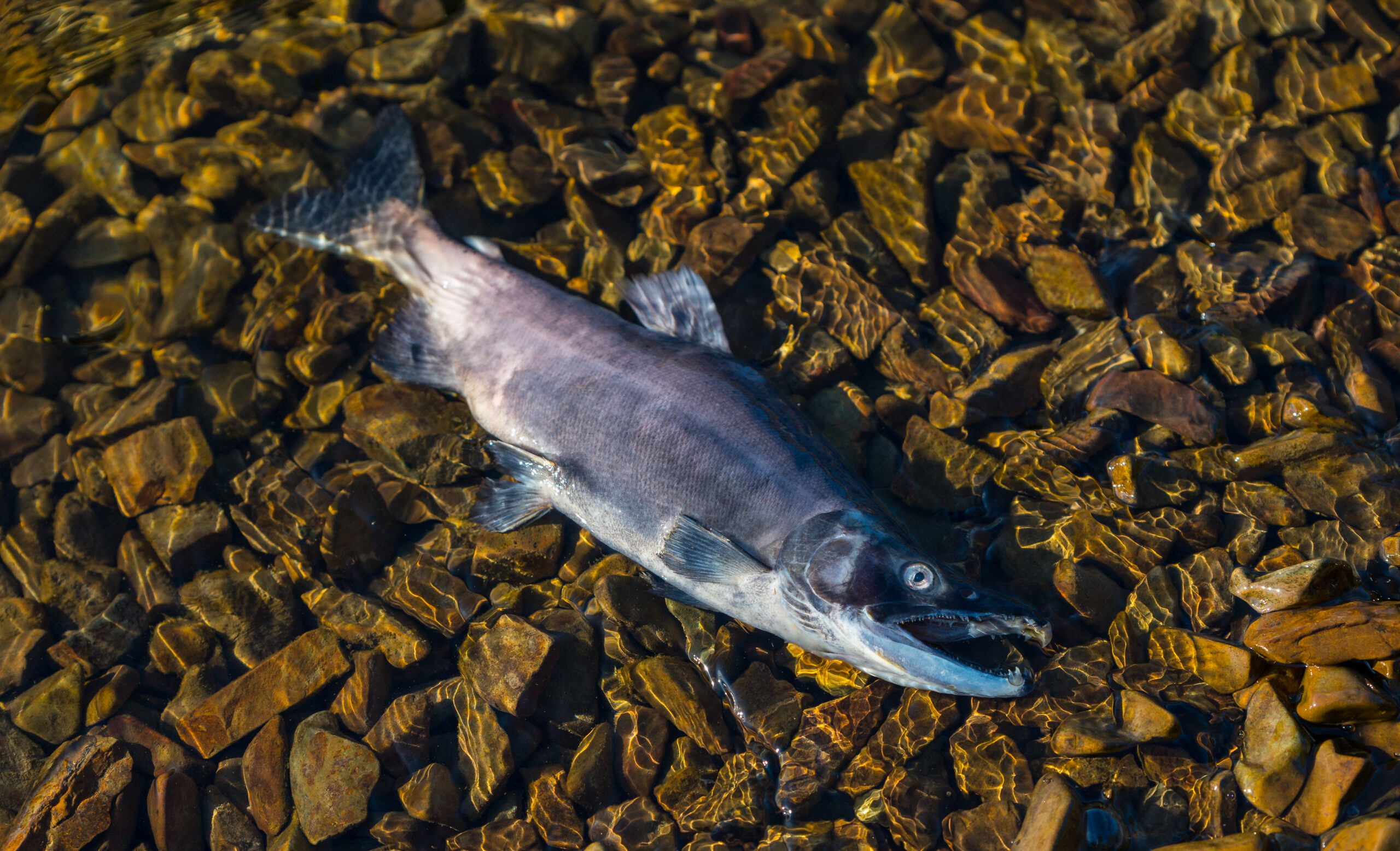
The Black Kokanee, a rare freshwater salmon, was thought to be extinct since the 1940s before being rediscovered in Japan’s Lake Saiko in 2010. This landlocked fish, once abundant, faced significant population declines due to habitat changes and overfishing. Its rediscovery has sparked interest in protecting the fragile lake ecosystem where it resides. Conservation efforts now focus on restoring the lake’s environment and supporting the fish’s population growth. The Black Kokanee is now a subject of study for its unique adaptation to a freshwater habitat.
Giant Palouse Earthworm
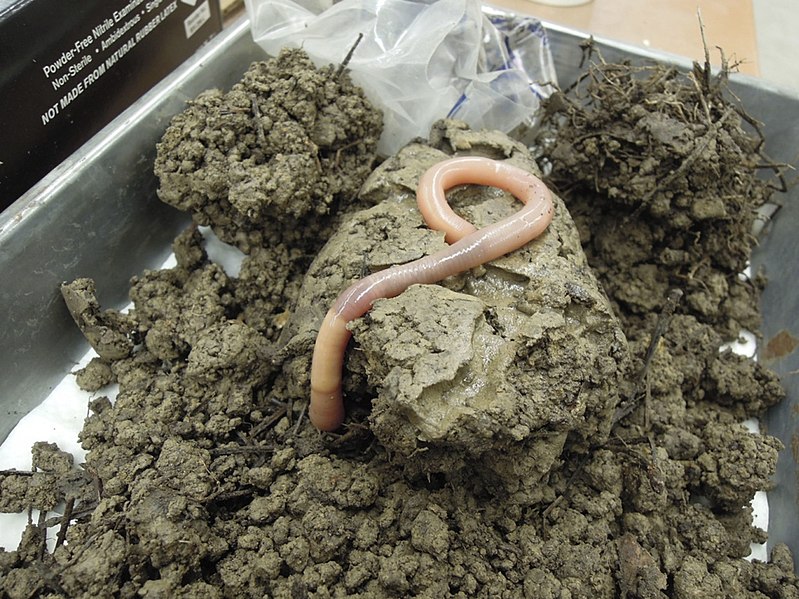
The Giant Palouse Earthworm, native to the Palouse region of Washington and Idaho, was believed to be extinct until it was rediscovered in 2005. This large earthworm, known for its pale coloring and ability to spit at predators, had not been seen for nearly a century. The rediscovery has drawn attention to the need for conserving the Palouse Prairie, a critically endangered ecosystem. Efforts are now underway to protect the remaining habitat and study the worm’s ecological role. The Giant Palouse Earthworm is a unique species, contributing to the biodiversity of its region.
Spotted Tail Quoll

The Spotted Tail Quoll, a carnivorous marsupial from Australia, was believed to be extinct in the mainland until it was rediscovered in 2006. Known for its distinctive spotted fur and agile climbing abilities, this nocturnal predator plays a crucial role in its ecosystem. The rediscovery in Queensland’s remote forests has highlighted the importance of protecting its habitat from deforestation and introduced species. Conservationists are working to ensure that the Spotted Tail Quoll can thrive once again in its natural environment. Breeding programs and habitat restoration efforts are key to its survival.
Arakan Forest Turtle

The Arakan Forest Turtle, native to Myanmar, was considered extinct for over a century until it was rediscovered in 1994. This critically endangered species was thought to have been lost to habitat destruction and hunting. The rediscovery has brought attention to the urgent need for conservation efforts in Myanmar’s forests. Efforts are now focused on protecting the remaining population and restoring its natural habitat. The Arakan Forest Turtle is a symbol of hope for species on the brink of extinction.
This article originally appeared on Rarest.org.
More From Rarest.Org

Historic chess sets have captivated collectors with their intricate designs and rich stories. Each set carries the essence of the era it was crafted in, making them valuable artifacts. Read more.
The ocean’s depths hide countless secrets, with ancient shipwrecks telling tales of long-lost voyages. These underwater time capsules often reveal mysterious and valuable cargo. Read more.

